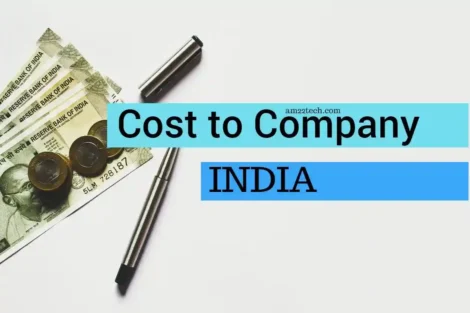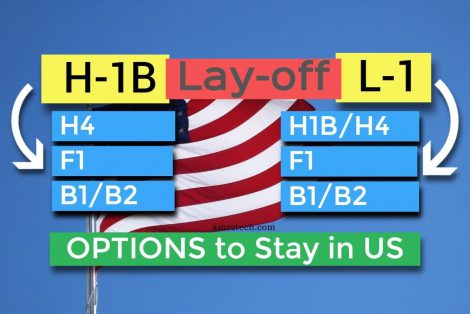How jewelers make money is a tricky question when they claim to sell gold at the market price. Jewelry trader will be seen sitting in air conditioned shop, wearing extra-ordinary heavy accessories and driving expensive cars.
Here are some of the Jewelry trade secrets that a common man should understand before buying expensive ornaments which may or may not be pure gold, as claimed by the seller.
This article will discuss:
Business Secrets of a Jeweler Trade
#1 Jewelry’s Gold Purity is hidden from buyer
You may or may not know this but all gold ornaments that you buy are NOT made of pure 24 carat gold. Jewelry is mostly made with 20 or lower carat gold and mixing other metals. 24 carat gold is also NOT self sufficient to hold itself together for ornaments/accessories purpose.
The difference between 24 carat and the one sold to you is the trade margin i.e. difference between 24 carat and 20 carat gold rate. To be more specific, jewelers sell you 20 carat gold with the price of 24 carat.
The gold ornaments sold in USA are expected to be more pure than what you buy in India. This is the reason ornaments in USA are sold on per piece price instead of gold weight price. Did you know that you can avoid sales tax on Jewelry in USA if you buy and ship out of state.
Most of us don’t check the purity of your gold jewelry while buying because we always get the buy back assurance from the jeweler. This is the biggest catch in this business. As the Jeweler who sold the gold knows its purity, he would be able to buy it back with little doubt.
Usually, the jeweler would buy back their own gold at 10-20% less than the prevalent market rate of gold at the time of buying back.
Example
Current Gold rate: INR 20,000 per 10 gms (1 tola) of 24 carat gold
Polishing and making charges: INR 200 per gm of Gold
If you are buying 10 gms of gold jewelry, the jeweler will calculate the cost as follows:
| Calculation | Amount | |
| Cost of Gold | 1*20,000 | 20,000 |
| Polishing & making charges | 10*200 | 2,000 |
| Total | 22,000 |
We assume that the actual gold purity in the jewelry is 20 carat. Hence the actual cost of gold should be
INR 16,666 for 20 carat of gold .
Hence, the actual calculation as per ACTUAL gold content in the ornament should be:
| Calculation | Amount | |
| Cost of Gold | 1 * 16,666 | 16,666 |
| Polishing & making charges | 10*200 | 2,000 |
| Total | 18,666 |
So, the difference between the actual calculation i.e 3,334 (22,000 – 18,666) is the profit margin of a jeweler. Ideally, this is NOT a good business practice and is NOT followed by big jewelry brands.
One should clearly mark the gold purity and charge the buyer with correct price. Unfortunately, this is not the way jewelry industry works in our country and is one of the main reason we recommend buying a BIS marked jewelry.
#2 Making, Polishing and Design Charges are Icing on the cream
Jewelers add these charges on top of the gold rate of the ornament. These vary from INR 50 to 500 per gram of Gold depending upon the quality of gold designer.
The jeweler would save money on ornament production as they produce in bulk but charge you the amount per gram. There are rare instances when you would order a particular design/piece with your specific choice. In these rare instances, the ‘making charges’ would almost double up.
If you don’t believe my words, try and get a customized gold ornament from your favorite Jeweler and you would be able to testify my words.
#3 Gold price Hedge
Generally, jewelers buy gold/ready-made ornaments in bulk and at the current market rate in the form of gold-bars.
They stock this gold and sell at a time when the prices have increased. Normally, gold’s rate increase and they make money selling it to you at a higher current gold rate than what they purchased it on.
This source of margin is not a big one unless there is huge increase in gold prices over the period of buy and sell.
#4 Buy-back at a 10-20% lower than market rate
Thinking of selling your old gold jewelry? If yes, you would most certainly go back to the same jeweler you purchased it from.
He will calculate the buy back price as
(Current market price * gold weight) – 10% of total value
The percentage here varies from jeweler to jeweler but normal trend is 10% deduction. Also, if you try to sell it to some other jeweler, they will deduct 20%.
Now, this percentage is again their income as the jeweler will resell the same ornament after polishing at the current market rate.
#5 Weight of extras counted in gold weight
Have you ever noticed that extra accessories like the small round balls or the blue/green paint etc. are also weighed and counted while gold is sold to you?
And what happens to the weight of these extra while selling it back? They are simply kept out and only gold weight is counted.
This is another area of margin for the Jeweler.
What if we buy BIS hallmark jewelry?
Yes, BIS hallmark is a good tool to know the purity of gold while buying. But have you ever bought BIS hallmark jewelry with the same pricing as the NON-BIS marked jewelry?

I bet you would have not. This is because, here a jeweler cannot cheat you with the carat count but still need to make profit. Hence, they will charge higher on polishing, designing and making charges of the jewelry.
Please note that BIS mark does not mean that the gold is 24 carat pure. There are different marks for different levels of purity as:
| MARK | Gold Purity (Carat) level |
| 958 | 23 Carat |
| 916 | 22 Carat |
| 875 | 21 Carat |
| 750 | 18 Carat |
| 585 | 14 Carat |
| 375 | 9 Carat |
It is always better to buy a BIS hallmark jewelry to be sure of the purity of gold and it.
It can then be sold to any jeweler without worrying about the buy back deductions for obvious reasons.
The jeweler who is buying your old gold will be comfortable in buying the BIS marked gold instead of NON BIS marked one too.


